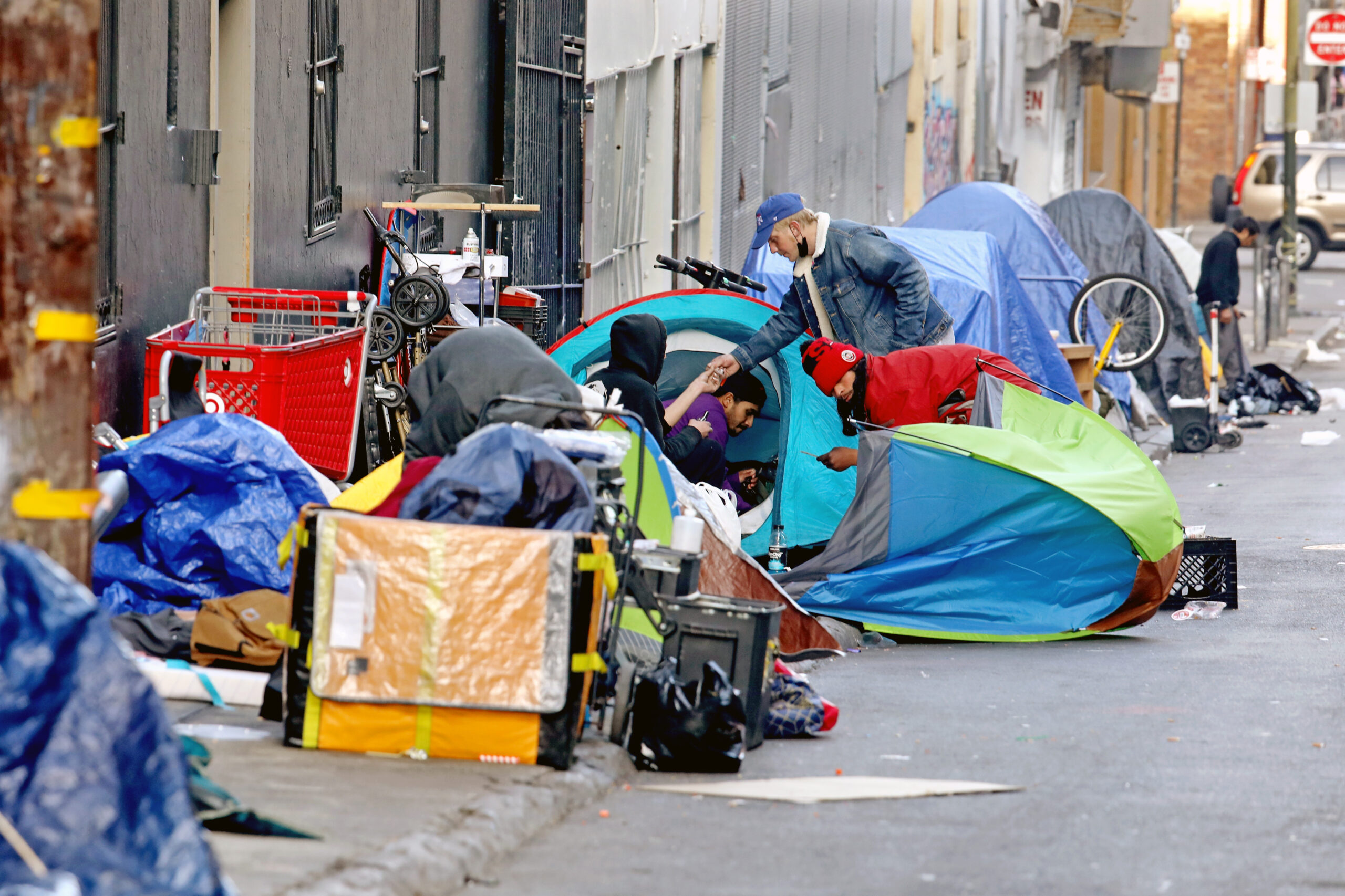San Francisco housing nonprofit Urban Vision Alliance (UVA) launched Wednesday with the goal of ending the city’s homelessness crisis by building a coalition of nonprofits, businesses and community leaders who can mesh their unique skills to establish permanent housing solutions for the city’s most vulnerable residents. Originally founded as Halt Homelessness in 2015 by tech investor Daniel Laury, the organization is charting a new strategy under a new name to scale up housing developments with integrated services. CEO Gabriel Baldinucci told The Standard that the city needs a broader spectrum of options and a clearer focus that aligns the myriad number of service providers in San Francisco. Here’s what you need to know about Urban Vision Alliance and its new approach to getting people off the street.
Does San Francisco need another nonprofit focused on homelessness?
Baldinucci acknowledged the city spends hundreds of millions annually to combat the issue, and there are dozens of nonprofits dedicated to the cause. But, he said, UVA is not a direct service provider. Instead, the organization’s role is to bring disparate services like workforce development, substance abuse rehabilitation and mental health treatment together from various partners. Part of the nonprofit’s goal is also to develop performance tracking technology to measure what solutions work and where inefficiencies and obstacles lie. “You can think about us as not being another cook in the kitchen,” Baldinucci said. “You can think about us as telling the cook way over here that the other cook has already prepared that ingredient, and you don’t need to do it again.”
What exactly is this coalition?
UVA has signed up 32 partners, including nonprofits and community organizations like The Salvation Army of San Francisco, Back on My Feet and DignityMoves. UVA’s corporate partners include Nextdoor, but the biggest contributors might be the real estate, design and development firms such as architecture firm Gensler, construction company Webcor and land-use law firm Reuben, Junius & Rose.
Who’s in the leadership?
UVA is led by Baldinucci, an entrepreneur and former executive at Virgin Group and the controversial Singularity University, and Dawn Piper, the organization’s chief impact officer and another former tech executive. Baldinucci moved to Austin during the pandemic and said he now commutes back and forth to San Francisco to work on UVA projects. UVA currently has eight employees with many part-time volunteers.
Have they gotten any results yet?
UVA said its corporate partners have committed $7.8 million in pro bono services, including work by Gensler and Reuben, Junius & Rose to help the Salvation Army with its master plan to redevelop six existing sites in San Francisco into interim supportive housing for an additional 1,500 people. Among the first of these projects is the Salvation Army’s effort to add 400 beds at 850 Harrison St., which will include detox and treatment services, workforce training and job placement.
How can UVA succeed where others have failed?
Baldinucci believes San Francisco needs more multi-year transitional housing with wraparound services that sit between short-term shelter stays and permanent supportive housing. “The Salvation Army has data that when you take people who are in recovery and you measure them six months out, they don’t have great success statistics,” he said. “But if you have them for two to three years, their success rates go up over 90%.” Another problem UVA cited in its rollout is a lack of communication and alignment between different service providers. Baldinucci said the organization plans to roll out a technology platform to track the progress of projects across the city and provide more transparency to make collaboration easier.
What projects is UVA looking at as successful examples?
Baldinucci pointed to Haven for Hope in San Antonio as a potential model. The 22-acre facility supports around 1,400 individuals and collects 70 different nonprofit service providers under one roof, which boosted cost efficiency and overall outcomes. Baldinucci said the scale of the project also helped to mobilize support from the private sector. “I compare it to the sports stadium model. You create this vision of this big thing and then everybody gets behind it,” he said. “There is a vision of what you’re going to build, a price tag and a timeline and something tangible that everybody signed up for. Otherwise, it feels like a lot of fragmented efforts.”
What happens next?
Baldinucci said UVA plans to raise about $2 million for its first year to hire out a full-time team, build out its technology platform and continue to recruit more groups into the alliance. “Ultimately we want to show we can accelerate the time and lower the cost of adding beds,” he said. “On the service side, we’re trying to create the framework so that a large, diverse group of stakeholders can collectively build an effective behavioral health system in the city.”
